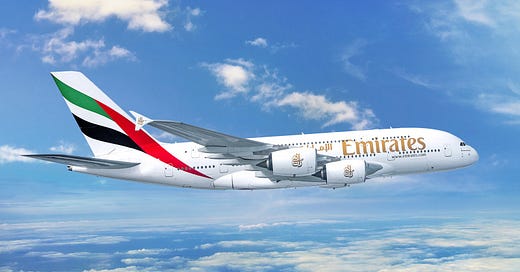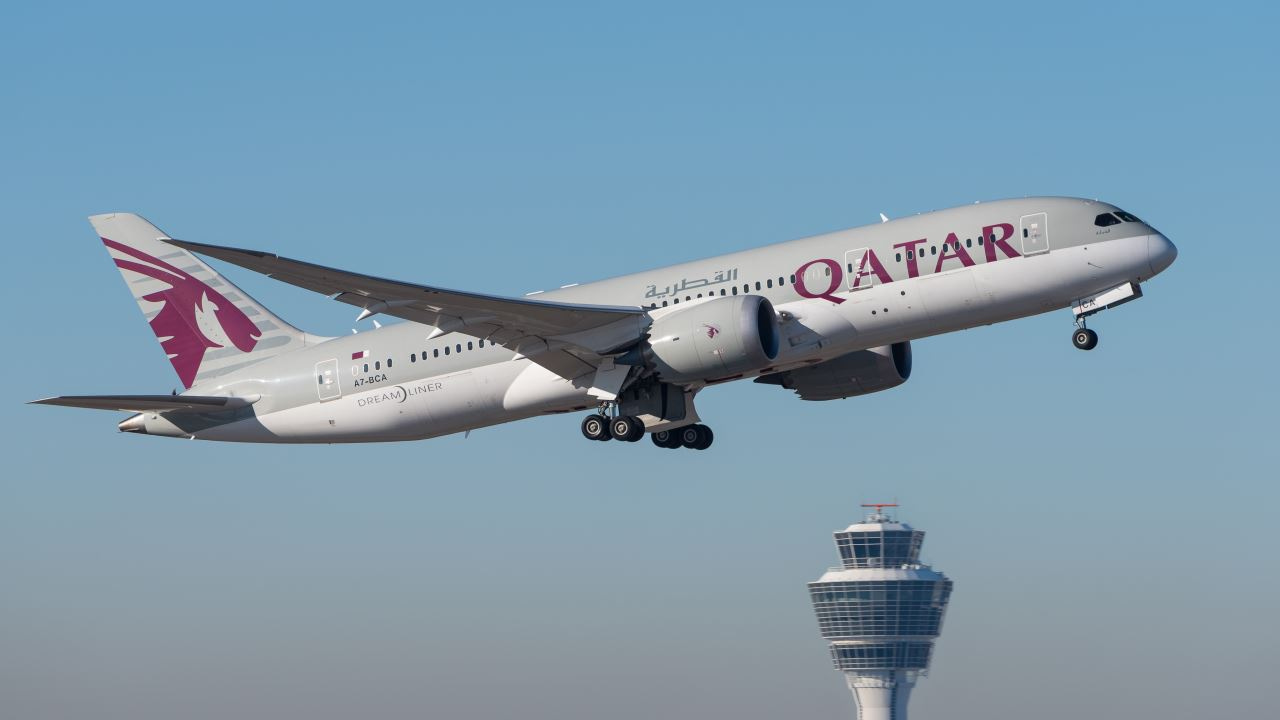A possible flaw: Emirates’ Wide Body Fleet.
The Middle Eastern aviation market is brewing up for either success or affliction. How does the fleet choice of a behemoth such as Emirates come into play?
Taking a regular short-haul flight from Dubai to Kuwait would cost someone much more dearly on the Dubai-based Emirates than on the low-cost Jazeera or FlyDubai. This is partly because Emirates operates the Boeing 777 on this flight, whereas the latter runs either the Boeing 737 or A320neo. Emirates has been running the A380 and 777 exclusively for a decently long time. This has led to the raising of a few eyebrows throughout the internet, as these two planes are infamous for being the most powerful twin- and quadruple-engine aircraft on planet Earth. Today we are going to discuss whether running a full-cost airline such as Emirates is feasible with a limited fleet variety and how it may cost Emirates in the long run while competing with other behemoth Middle Eastern airlines such as Qatar Airways or Etihad.
As mentioned before, Emirates only operates two varieties of ultra-wide-body aircraft. This poses a significant issue in connectivity as smaller airports with large traffic yet do not have the infrastructure to support giants such as A380. This leads to route options for the carrier becoming limited. On the contrary, the A380 has become an integral brand image for Emirates, as it boasts a strong passenger choice rating, which is one of the main benefits of the A380. Both aircraft also have unparalleled comfort.
To their credit, Emirates’ low-cost venture Flydubai is operating narrow-body aircraft to combat this issue, but the “Emirates” experience is surely missing in their flights.
Next, another major Middle Eastern airline, Qatar Airways, can get away with cheaper flight tickets by operating short-haul flights to their hub and then, depending on the destination, allocating aircraft. A flight ticket from DEL-OSL via Doha is 9 out of 10 times cheaper than going through Dubai, as Emirates is forced to utilize the 777 for the inbound flight, whereas Qatar Airlines can get away with a codeshare A320.
Emirates has recently purchased Airbus A350-900 aircraft at the Dubai Airshow, but once again, this is another wide-body craft that can operate large distances but is probably going to operate relatively short-haul flights. Emirates can save money on flight training by employing a limited, diverse fleet, but according to my prediction, I feel the saved average fuel cost and airport fees (away from the hub, of course) outweigh these nuances.
All in all, although this article was relatively short, it can hopefully paint a picture of how fleet diversity is critical for the success of an airline. In the neck-to-neck Middle Eastern market, a small miscalculation could lead to an airline falling out of the race. Let’s see what moves Emirates management takes to make it the world’s best airline.







Nice 👏👏